
20 Wildlife Friendly Garden Solutions That Will Help You Bring Nature Into Your House
Published: 10/02/2023 | Updated: 29/03/2023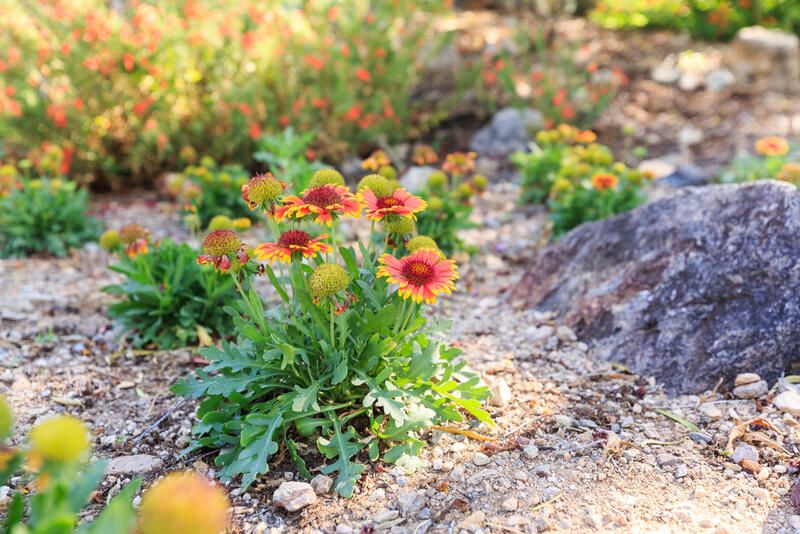
It isn't a secret that modern man craves nature and native wildlife. Living around gray concrete streets has made our lives dull and stale.


It's not too late to redeem the beauty of nature. There're many ways you can surround yourself with wildlife and one of them is by creating a wildlife garden!
A wildlife garden is an area in your yard that is built to attract local animals, birds, bees, and butterflies to your surrounding environment by replicating their natural habitats with native plant species and useful garden structures.
This might sound like an exhausting, expensive idea that adds more workload to your heavy schedule. However, that doesn't have to be the case!
By using some simple techniques, you can easily create an oasis for local wildlife without spending too much money on fancy gardening tools or high-maintenance exotic plants.
Here are 20 inexpensive wildlife garden ideas that will make your backyard a haven for birds, bees, and butterflies!
1. Fill Your Garden With a Range of Native Plants
Whether you’re new to the world of wildlife gardening or have been gardening for years, there are a few things that all animals need that can sometimes be overlooked.
A bird’s home is not only its nest but also the trees and shrubs around it. If it doesn’t have this natural habitat, it will not survive. So if you want to make your garden a wildlife haven for beautiful birds, plant some native trees and shrubs.
The greatest thing about planting native species is that they won't require much maintenance aside from pruning and occasional watering.
Birds also need food to thrive in your yard, so make sure they have plenty of fruit-bearing trees and bushes, or some bird feeders.
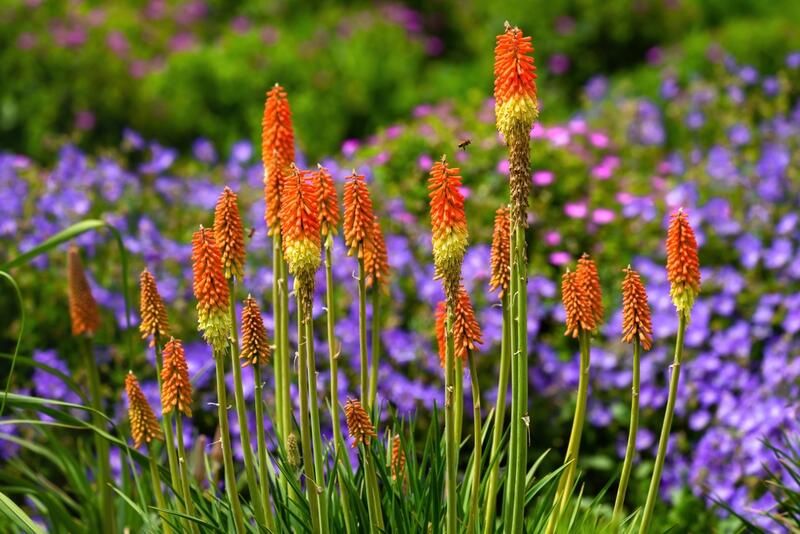
2. Use Evergreen Shrubs and Hedges
Evergreen shrubs and hedges are a great way to provide privacy without shutting nature out. The evergreen foliage of these plants also provides food for wildlife in winter, and they can be used to divide up a garden or create a windbreak.
Choosing the right type of hedge is important. On the one hand, you don't want it to grow too high as this may block out your view from inside the house, but, on the other hand, you do need some height so that it provides good privacy outside.
A hedge can be an effective alternative to a barbed-wire fence, particularly if you have access to mature plants or have enough space for some saplings to grow into hedges. They also make an attractive feature in their own right!
3. Use Windbreakers and Borders
Windbreaks and borders are other options for a wildlife-friendly garden.
Windbreaks and borders are two different types of hedges, but they both provide shelter from the wind and can be a source of food for many animals and insects.
A border is a hedge that lines an area of your garden. It can be made up of a single type of plant, or it can contain several species that complement each other well.
Those borders can be made from pollinator-friendly plants like glossy abelia, butterfly bush, or dwarf reblooming lilac.
Windbreaks are also a type of hedge that can be used to protect your garden from the wind. They are usually taller than borders, and you’ll often see them on farms or in open fields.
One thing to keep in mind when choosing a good windbreaker: it should never contain invasive plants like privet or honeysuckle because these species can spread quickly and take over an area very easily.
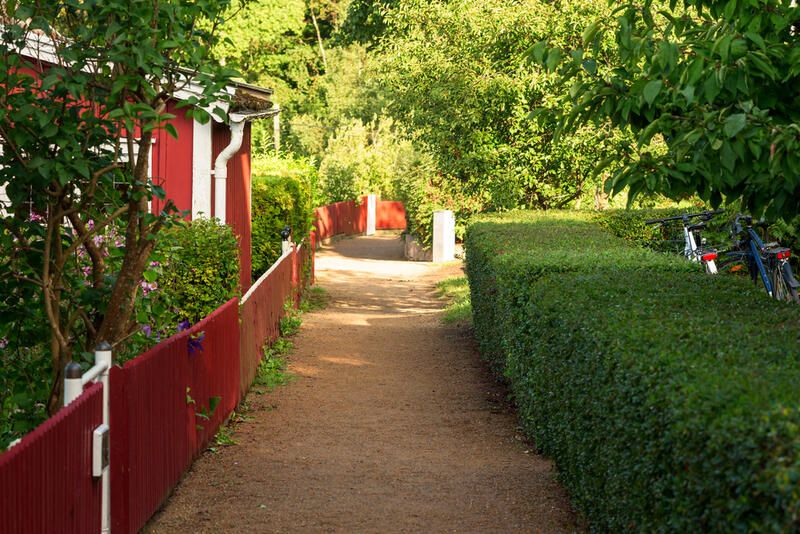
4. Create a Leafy Tunnel in Your Garden
Did you know that you can create beautiful leafy tunnels by attracting pollinators to your garden? Planting trees that provide food for both birds and insects is a great way to stimulate greenery and the growth of other plants around your garden.
To create a green shield or a leady tunnel, you can plant trees in a row, circle, or square pattern. Alternatively, you can plant them in groups of threes or fives if you have enough outdoor space.
When creating an array of new wildflowers or bushes, remember to keep them well-spaced out from one another so they have room to grow into healthy plants.
5. Encourage Wildlife by Providing Suitable Food
One of the best ways to encourage wildlife into your garden is by providing them with food and shelter.
Most creatures belong to a certain food chain and rely on a steady supply of a certain type of food throughout the year.
One way you can do that is by planting trees with berries, nectar-rich plants, or nut trees that will attract butterflies, solitary bees, and garden birds. Some plants even have leaves that are edible—such as mulberry trees—so small animals can snack on them.
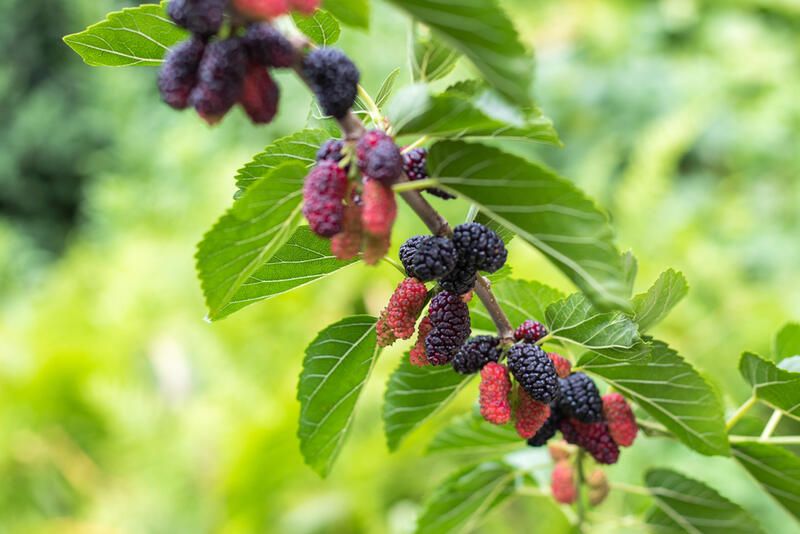
6. Reduce The Amount of Pruning Needed
Pruning is a great way to improve the health and appearance of your garden, but it can easily become a chore if you have too much to do.
Fortunately, there are many types of plants that require little or no pruning at all and can still be great boosters to your wildlife garden.
Long-lived shrubs & perennials are particularly good for this as they're generally tough enough to withstand even the harshest winters without needing any special treatment.
You can also reduce the amount of pruning needed by choosing plant species that grow well in narrow spaces like:
-
Bearded Iris
-
Lavender
-
Ferns
-
Japanese Anemones
-
Belladonna Lily
-
Thyme
-
Sedums
These plants will save space in your garden and reduce the need for pruning without sacrificing beauty!
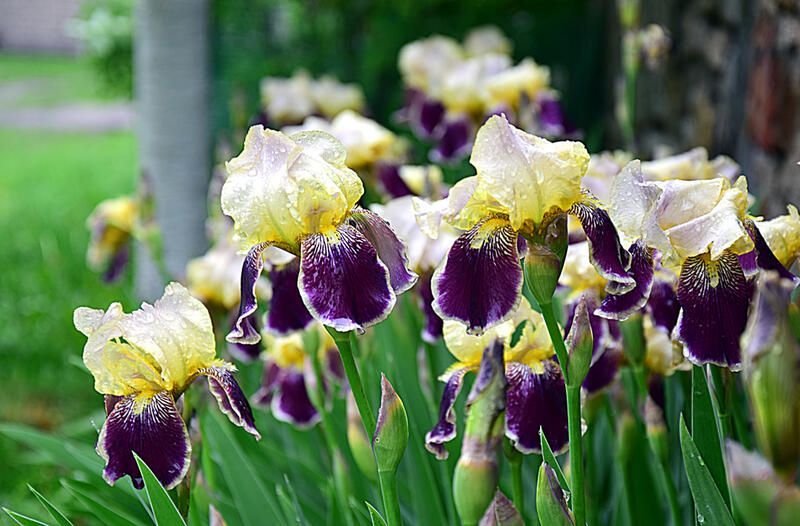
7. Avoid Harmful Pesticides
Many pesticides can be harmful to humans, animals, and the environment. They can also kill beneficial pollinators like bees and butterflies, which are vital for healthy ecosystems and food production.
Instead of using pesticides to fight insects in your garden, try attracting natural predators such as ladybugs, dragonflies, or insect-eating birds instead. These creatures help keep pests under control while also providing a beautiful aesthetic that will delight wildlife gardeners!
8. Create Natural Nesting Sites for Small Mammals
A wildlife-friendly garden provides shelter from predators for cats, squirrels, and other small mammals.
It's also one that protects from harsh weather conditions like extreme heat, strong wind, and heavy rain. It should also provide some sort of barrier against snow during the winter months.
There are many different ways to create nesting sites for mammals including:
-
Leave some dead plants in place to provide cover and an extra food source.
-
Have a hollow log or two around your yard.
-
Plant tall native grass.
-
Install some nesting boxes in your garden.
9. Encourage Pollinators
The best thing you can do to help pollinators is to make sure that your garden is well-rounded. This includes making sure there are plants in the common areas of your property, as well as the areas where you spend most of your time.
If you have a large property with several themed gardens and several trees, consider adding some common space for pollinators too. These could include:
-
A rock garden filled with low-maintenance succulents (like sedum) or easy-to-care-for cacti and other desert plants that produce nectar.
-
A water feature such as a fountain or pond attracts butterflies and other insects.
-
An area devoted to native plants such as grasses, wildflowers, shrubs, and trees that attract birds throughout all seasons.
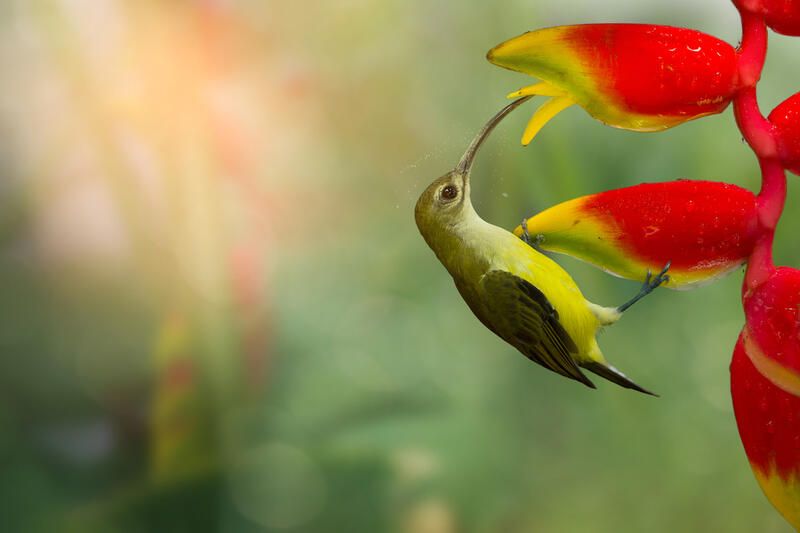
10. Grow Ivy or a Climbing Plant Near Your Windows
Ivy is a hardy plant that will grow well in most climates. It’s a good plant for beginners because it requires very little maintenance.
Ivy can create privacy in your yard and decorate existing walls, fences, or trellises.
It's also versatile enough to work with almost any design style—even those with a modern twist!
If you're looking for something more traditional or romantic (and who isn't?), ivy is easy on the eyes no matter what type of home décor you prefer. Best of all: ivy thrives even in shady conditions and will encourage biodiversity!
11. Plant Cherry Trees
If you want to bring wildlife into your home but don't want to be overrun by animals, cherry trees are the perfect solution.
They're easy to grow and provide food for birds and insects. Plus, they look beautiful!
Cherry trees are also great for bees because they produce a lot of pollen which bees need to make honey.
If you want your cherry tree to last longer than one season, pick one that's been grafted onto a rootstock (a hardy variety) so it will tolerate poor soil conditions better than other varieties.
12. Grow Fruit Trees
Fruit trees are a great way to bring wildlife into your garden. These plants are easy to grow, and they come in a variety of shapes and sizes.
Many fruit-bearing trees, such as apples or pears, will produce fruit within three years after planting them.
Another benefit of having a fruit tree growing in your backyard is that it requires little maintenance once it's established—you can simply harvest the fruit when it's ripe!
Some people are concerned about what kinds of wildlife might be attracted to their backyard if they plant trees like these in their gardens; however, there's no need to worry because fruit trees will attract birds and other insect-eating animals that will keep your garden safe from pests!
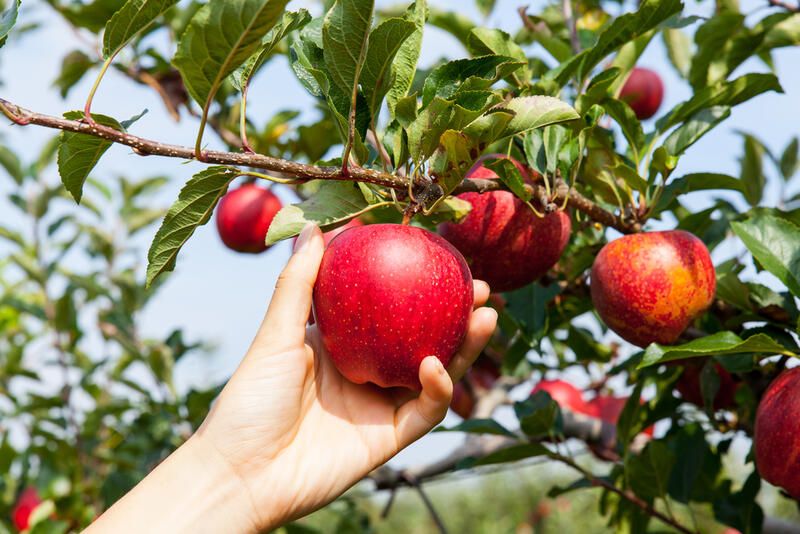
13. Plant Native Herbs
Native herbs are some of the best plants for attracting butterflies. They're also great for birds, insects and bats, squirrels, dormice, and more. You can use these herbs in your garden or even indoors on a windowsill or in containers around the house.
Here's what you need to know about planting native herbs:
-
Plant them in areas that have full sun exposure. These plants need plenty of sunlight to grow their best.
-
Make sure that you're planting in a space with good drainage. If your soil is too prone to staying wet, this could cause problems for your plants and prevent them from growing well.
-
You can plant native herbs directly into the soil, but they may also be planted in pots and moved around as needed. This can help you take advantage of seasonal changes and move your herbs indoors during colder months.
14. Grow Mint to Attract Various Useful Insects
Mint is a great way to attract bees, butterflies, and ladybugs. It’s also a good companion plant for other garden plants because it helps deter pests by releasing oils that repel bugs and protect other plants from disease.
Mint likes moist soil so you can use it as ground cover or in containers on your patio!
Growing mint has many benefits that go beyond attracting wildlife to your garden. It is an excellent herb for tea and has many medicinal properties.
It can be used to treat indigestion, nausea, and vomiting and the leaves can be used to reduce toothache when chewed on.
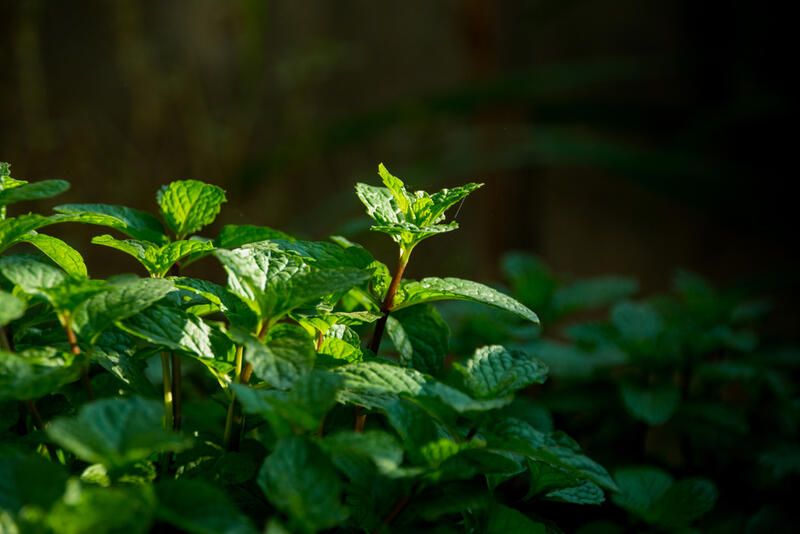
15. Plant Different Species of Flowers in Your Wildlife Garden
If you want to bring the greatest amount of wildlife into your garden, consider planting a variety of flowers.
When it comes to pollinating insects, variety is key! Different species of bees, butterflies, and other insects are attracted to different types of flowers. While some like bright red or yellow blooms (like tulips or dandelions), others prefer white or purple petals (such as dogwood trees).
For example, butterflies love bright colors, so try planting marigolds and calendula in your flower beds. These plants are also rich in nutrients, which will help you create an ecosystem that’s sustainable for the future.
If you have space in your yard, it's best to plant several different types of flowers together so that there will be something for every type of insect out there - this way they won't go hungry!
You can also grow individual plants; however, this will often result in less pollination because animals may not readily come across each one individually.
16. Feed the Squirrels With Nuts and Good Climbers
When it comes to wildlife-friendly gardening, you don't want to rely solely on plants that offer food for your feathered friends. You also need to think about what kind of food you're planting and how the nuts or fruits produced by those trees will help support other animals, like squirrels and dormice.
Squirrels are rodents that eat nuts; they often dig up and bury acorns, chestnuts, and pinecones—or simply carry them off when they find them—so that they can be available at a later time. If you plant nut-bearing trees in your garden (like hickory or oak), squirrels will happily make use of them while they're around.
17. Install a Water Feature
If you're looking for something a little more permanent, a water feature that flows all year round can provide a habitat for wildlife. Birds will drink from it and insects will drink from it, as well as frogs.
If you have a pond, the water will be warm enough for the animals to take refuge in during cold winters.
Additionally, the sound of running water is also relaxing to humans so it's great if you want to create an oasis in your garden.
If you want to build one yourself, it's fairly simple—you just need some rocks, clay, and gravel, or you can check out our guide on water features!
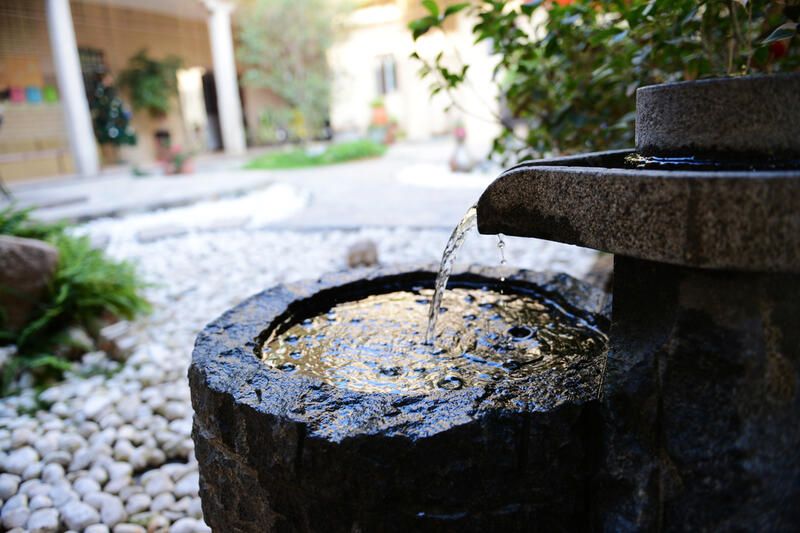
18. Get a Bird Bath
A bird bath is another great way to attract birds and other wildlife, as it provides them with a place to drink water and clean off any dirt or mud they've collected.
A bird bath is a shallow water dish typically placed on a pedestal. The water should be changed every day to keep it clean and fresh.
If you want to attract birds, try adding some rocks or gravel around the edge of the bath so they have something to perch on while they drink.
19. Build a Garden Pond
A pond is another way to attract wildlife. You can even use it to grow some small fish. It can also add beauty to your garden and provide an attractive focal point.
You can build your pond on any level surface, such as a patio or in your garden. The pond size depends on how many fish you want to keep and how big they grow.
If you have room for larger plants, then you could also add some around the edge of the pond to help attract wildlife.
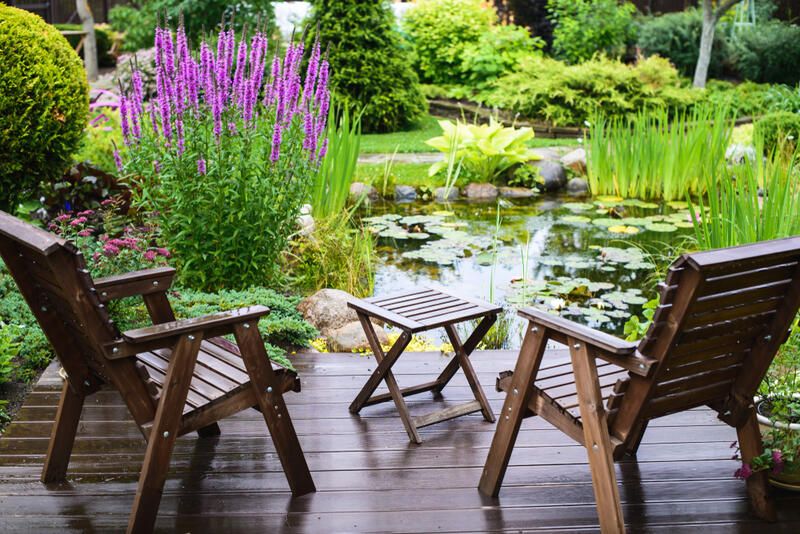
20. Get Some Birdseed
Birdseed is an easy way to attract birds; just scatter it around your yard or garden, and you'll soon start seeing birds flocking there regularly. If you want to attract a particular species of bird, then it's best to buy seeds that they like.
You should also keep an eye out for unwanted visitors—such as rats—who may be interested in your birdseed!
Native Plants Are Key Factors In Your Wildlife Garden!
These are just a few of the many things you can do to create a wildlife-friendly garden. You can use your imagination to come up with ways to make your garden more inviting for animals and insects by replicating their exact environment.
However, don't overdo it, as that might lead to opposite results! For example, if you have too many native plants in one place then it might be hard for them all to grow well!
We hope you are inspired to make your yard more wildlife friendly with these 20 ideas! If there's one thing we know for sure, it's that the world needs more nature in our lives. So go on and plant your garden today!
And if your garden is true to a plant expert's advice, then contact ShrubHub for a free consultation session! You can also get a 70% discount on your first landscaping order!


